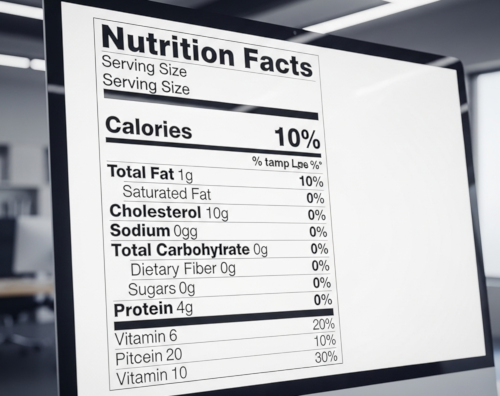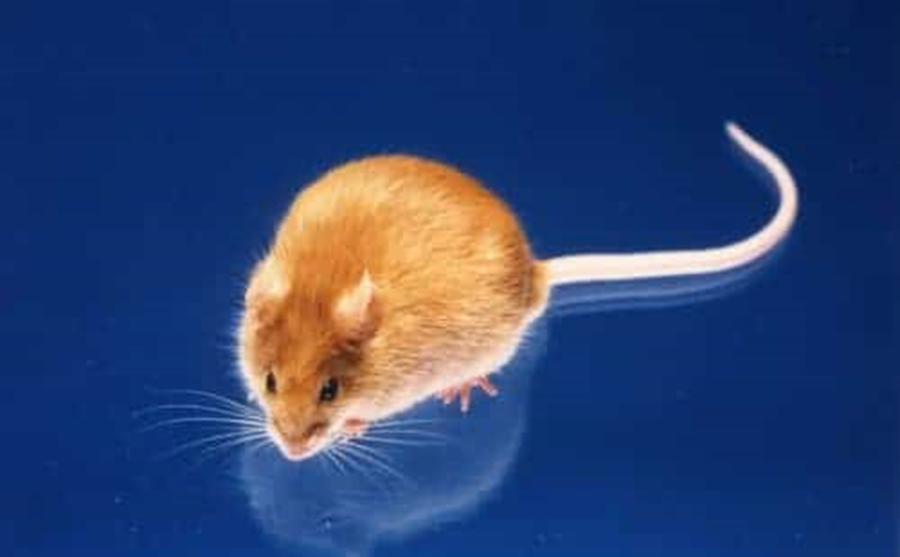
Introduction
CLEA Japan offers the KK-Ay mouse, a model of obesity type 2 diabetes that develops nephropathy when fed a high-sucrose/high-fat diet.
Features
- KK mice express rather moderate obesity and hyperglycemia by polygenic inheritance. Since blood glucose levels are increased when the body weight exceeds 35 to 40 g, it appears the body fat accumulation (obesity) plays the most important role in the onset of diabetes. The symptoms are more marked in males and are mild in females.
- The Ay gene is the dominant gene of the agouti locus located on chromosome 2. The homozygote (Ay/Ay) is lethal and the heterozygote (Ay/+) causes a yellow coat, obesity, diabetes and hyperinsulinemia 2). KK-Ay mice produced by transfection of KK mice with the Ay gene express severe obesity and hyperglycemia at an early age (7 to 8 weeks after birth). The females have the same symptoms with especially marked obesity and show a higher body weight than males at about 8 weeks of age. Since KK-Ay mice have a yellow coat, they are called yellow KK mice. Because the KK-Ay mouse has dynamic diabetes symptoms from an early stage, they are ideal for screening of antidiabetic drugs and studies on the elucidation of complications.
Points to consider in rearing and experiments
- Adequate preliminary rearing
- Individual rearing
- Large amounts of bedding and high replacement frequency
- Fixed measurement method for blood glucose
Body weight curves
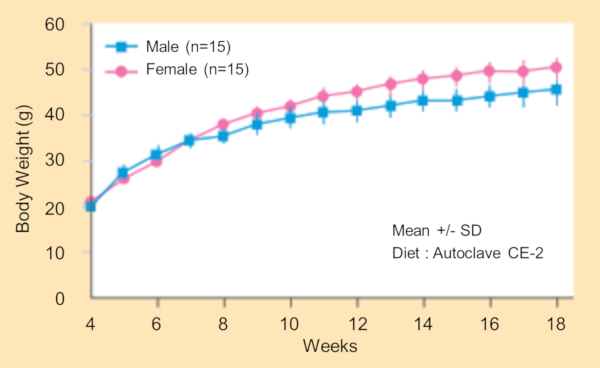
Blood glucose level
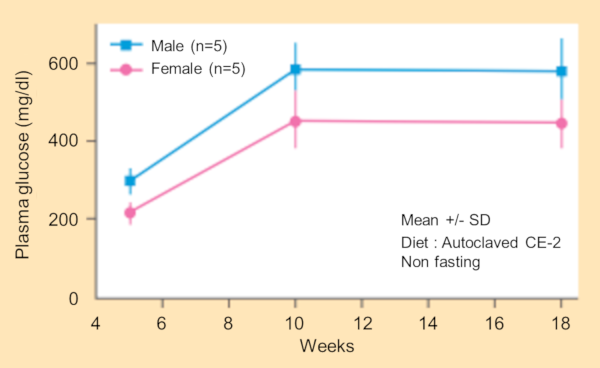
Urinary glucose positive rate
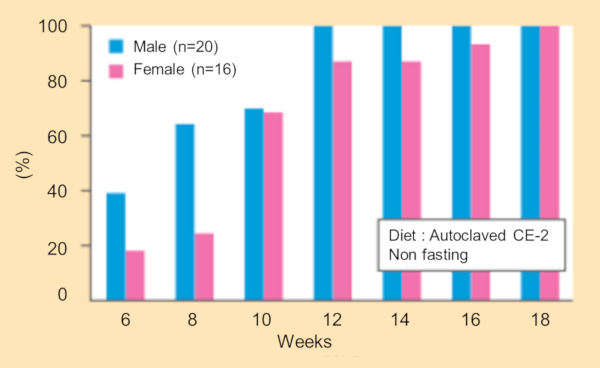
Blood chemistry
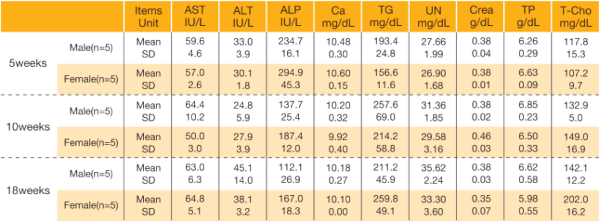
Hematology
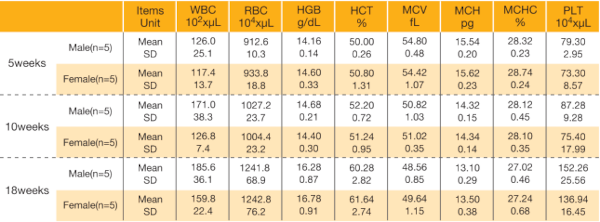
Background
The KK-Ay mouse was produced by Nishimura et al.1) of Nagoya University in 1969 by inserting the Ay gene into the KK mouse as a model of type 2 diabetes that expresses obesity and hyperglycemia earlier and more severely than the KK mouse. The KK mouse originated from individual mice with obesity and hyperglycemia found in 1962 in the K-line of albino mice with a spontaneous crooked tail among mice from the Kasukabe region (K group) by Nakamura, Kondo et al. of Nagoya University and was reared as an animal model of type 2 diabetes. CLEA Japan, Inc. introduced these mice from Nagoya University via Takeda Chemical Industries, Ltd. in 1990 and started to supply them.
Maintenance and production method
Since female KK-Ay mice can not reproduce, the strain is reproduced by mating a female KK mouse with a male KK-Ay mouse. This mating results in albino, black coat or yellow coat individuals. The mice with the yellow coat are selected as KK-Ay mice.
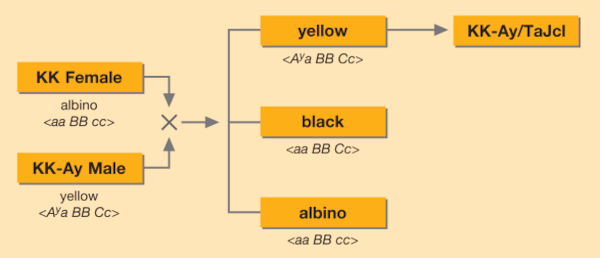
The mice are given autoclaved (121 ℃ , 30 min) sterile CE-2 diet and chlorinated water (4 to 6 ppm) ad libitum.
References
1) Nishimura, M. 1969. Breeding of Mice Strains for Diabetes Mellitus. Exp. Animals 18(4):147-157.
https://pubmed.ncbi.nlm.nih.gov/6995140/
2) Iwatsuka, H., A. Shino, and Z. Suzuoki. 1970. General Survey of Diabetic Features of Yellow KK Mice. Endocrinol. Jpn. 17(1):23-35.
https://pubmed.ncbi.nlm.nih.gov/5468422/
FAQ
Animal care tips.
Characterization of blood glucose level.
Inquiry
If you have any question, please feel free to contact us from below.


